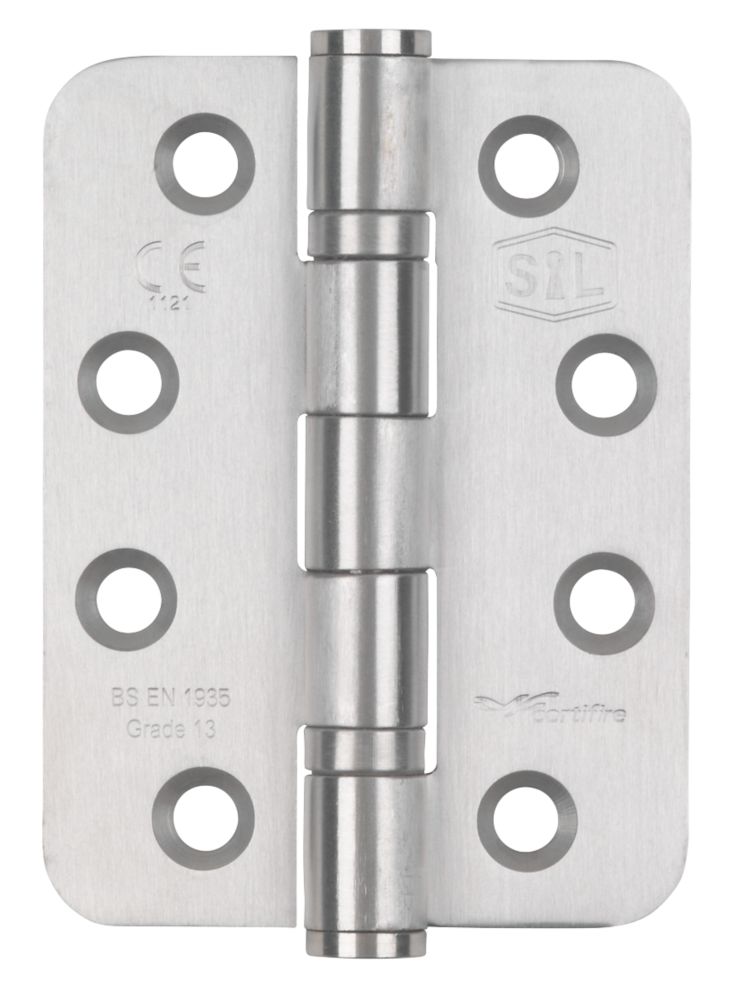@robinbanks , I've been doing some more 'over-thinking', primarily on the basis of my (perhaps flawed!) 'intuition', albeit it is somewhat reminiscent of the many decades ago when I was doing A-Level and S-Level Applied Maths

It seems that there is a probably a trade-off to be had between the security of hinge fixings and the extent to which the hingers are exposed to the elements. In all of the below (for both our approaches) I am assuming the use of parliament hinges or suchlike, since the knuckle-fixing distance is frighteningly small for standard butt hinges.
It seems to me that the most potentially 'worrying' situation is when the lid is vertical (i.,e. opened 90°), since its entire weight is then being experienced, in one way or another, by the hinges and their fixings. The first pair of diagrams below show the situation, as I see it, with each iof our methods if one minimises the amount of the hinges which is exposed (i.e. by attaching the hinges to the inside of the lid). In that situation, their seems to be a degree of iffiness with both of our approaches, at least if one uses screw fixing, since the entire weight of the lid is trying to pull out the screws into the lid - particularly given that those screws will be short, since they are going into a bit of the lid which is only about 20mm tick, if that. That situation would be considerably improved if one used nuts/bolts, even more so if that was combined with a metal plate on the outside of the lid. There is really no problem with the fixing of the 'fixed' leaf of the hinges, even with screws, since there is at least 50mm of pretty solid wood for them to screw into.
Th second pair of diagrams below showed the situations when one attaches the leaves of the hinges to the outside of the lid (thereby making them more 'exposed') - mine using a 'bent hinge', and the nearest equivalent I can think of using your approach. Only my approach invokes the 'crowbar effect' which concerned you (which attempts to tear out the fixings of the 'fixed' leaf of the hinge). However, I don't think that, in itself, would be a problem, probably not even with screws (and particularly not with nut/bolt/plate). If anything happened as a result of that 'crowbar effect'. it would be an attempt to 'unbend' my hinge - but given how difficult it was to bend it when cold (even with energetic use of a large club hammer!), I doubt that would be an issue with a lid weighing under 20 kg.
However, even with screws, with neither of our methods is the weight of the lid trying to pull the screws out of the screws into the lid - which, to my mind, makes it the more 'attractive' of the two options, even though it leaves a lot more of the hinges potentially exposed (although, as discussed, that could be addressed to some extent by the use of 'flaps of rubber/whatever).
Any thoughts? Is my thinking reasonable (or 'all wrong'?

)
Kind Regards, John
with


